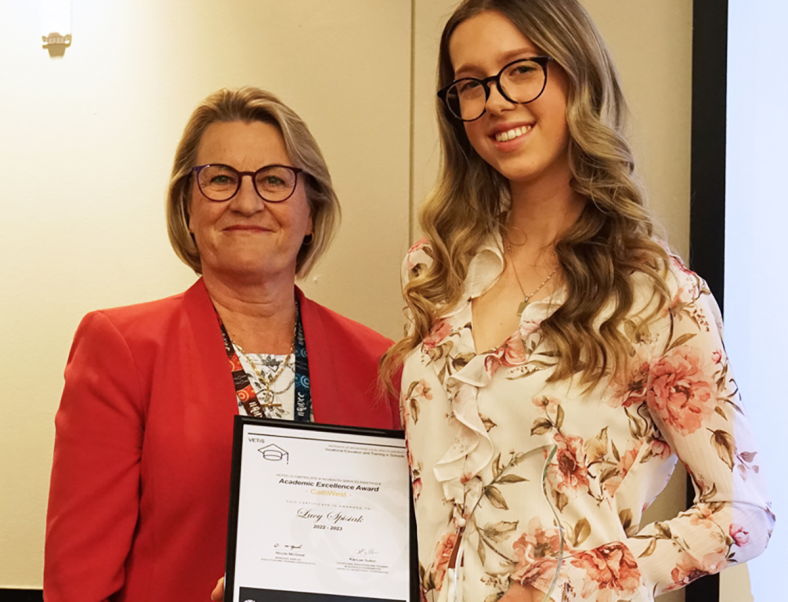A new school year presents the opportunity for many students to start a new physical activity or get back into playing their favorite sport, but it’s important for parents to understand the safest way for their young athletes to do so. An expert at Baylor College of Medicine provides insight on the best ways for students to set the foundation for healthy habits in their athletic endeavors.
“Children can really begin sports or intensive exercise at any age, and encouraging children to incorporate physical activity in their everyday lives can lead to lifelong benefits,” said Dr. Theodore Shybut, assistant professor of orthopedic surgery and sports medicine at Baylor.
When introducing structured physical activities to young children, Shybut recommends allowing them to explore many activities to see what they like best. Routine free play at home, family walks or even hopping on the latest exercise trend creates an environment where a child feels encouraged to exercise.
“Keep it fun and interesting. The goal is to cement the idea of exercise as an enjoyable and healthy habit,” Shybut said. “Once your child latches onto something they like, then you can then work together to begin mastering the fundamentals of the activity they choose to pursue in the long term.”
Shybut said that students who are used to participating in an organized sport, such as teams at school or in community leagues, should be given the space to remain active during their off-seasons and ramp up their physical activity with appropriate drills or training camps as their seasons begin again to keep their body used to being active and prevent injury.
“In Texas especially, it’s important for athletes to adjust to heat and sun exposure,” Shybut said. “Even a week of regular exercise before group training sessions begin can be beneficial. Additionally, ensuring young athletes are properly hydrated is vital to preventing serious heat related illnesses.”
Regardless of a child’s experience with physical activity, Shybut stresses the importance of taking any complaint a child makes about pain seriously as children do not tend to exaggerate symptoms of an injury. If a young athlete cannot run, throw or perform normally, they should seek care from a sports medicine professional.
“Some of the most common injuries young athletes experience are a result of pushing too much too fast too quickly,” Shybut said. “Junior high and high school athletes may have access to their team’s athletic trainers (ATs), who can often identify the problem and the correct course to address the problem. ATs are also knowledgeable about preventing injury. If there is not a training staff available, many resources developed by reputable athletic organizations, like STOP Sports Injuries, can be used to help ensure young athletes stay safe.”
Shybut also highlights the importance of post-workout recovery through diet and sleep. Shybut says unprocessed foods (fruits, whole grains, beans, nuts and vegetables), complex carbs, proteins and a healthy sleep schedule are the best ways for young athletes to recover properly. Young athletes’ diets should be tailored to the sport they play. For example, athletes with heavy training loads, such as competitive swimmers, may need to take in food throughout the day to meet the caloric demands of their sport.
“There are plenty of opportunities for a young athlete to make physical activity a part of their daily lives. Above all, their activity should be healthy and enjoyable,” Shybut said.








